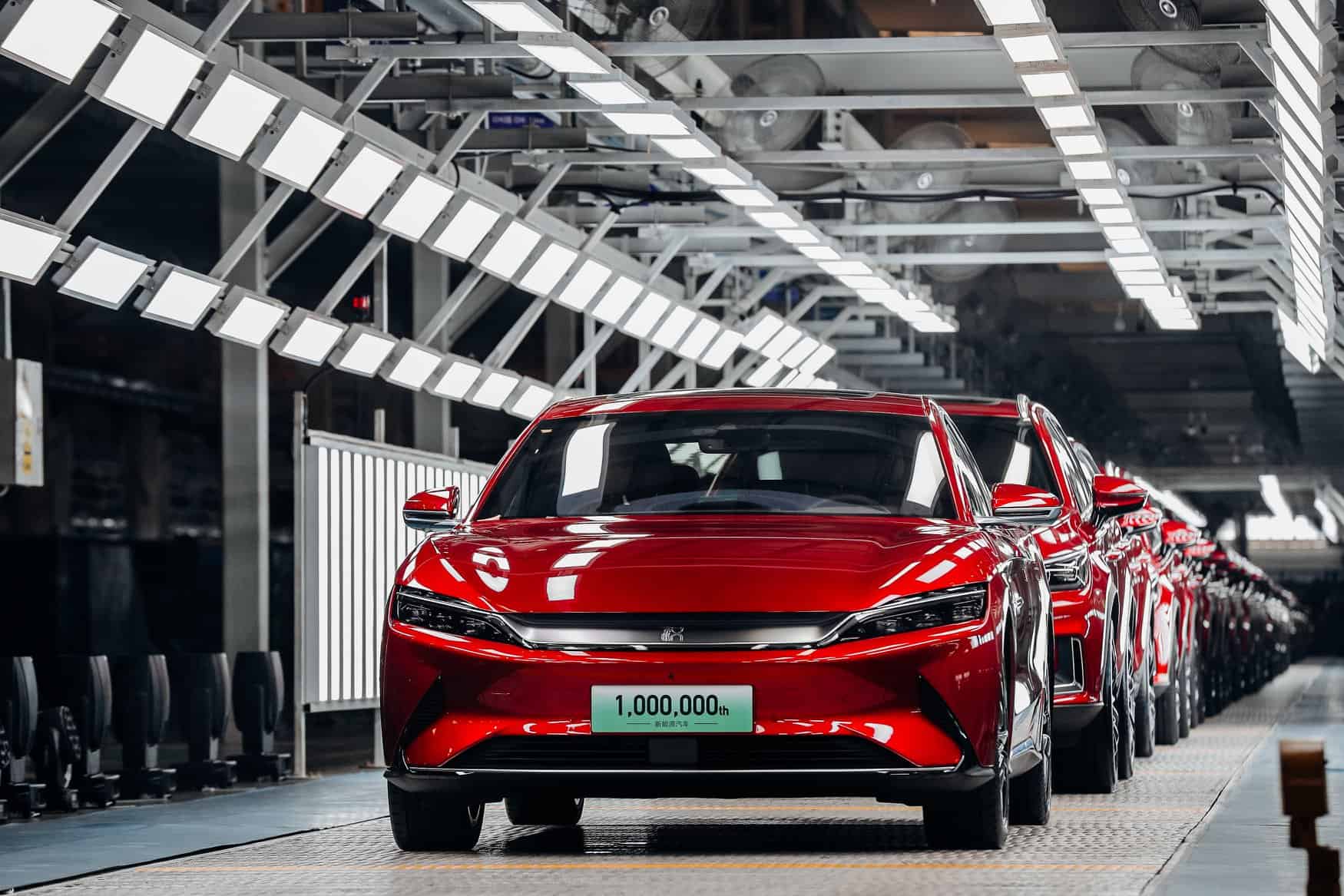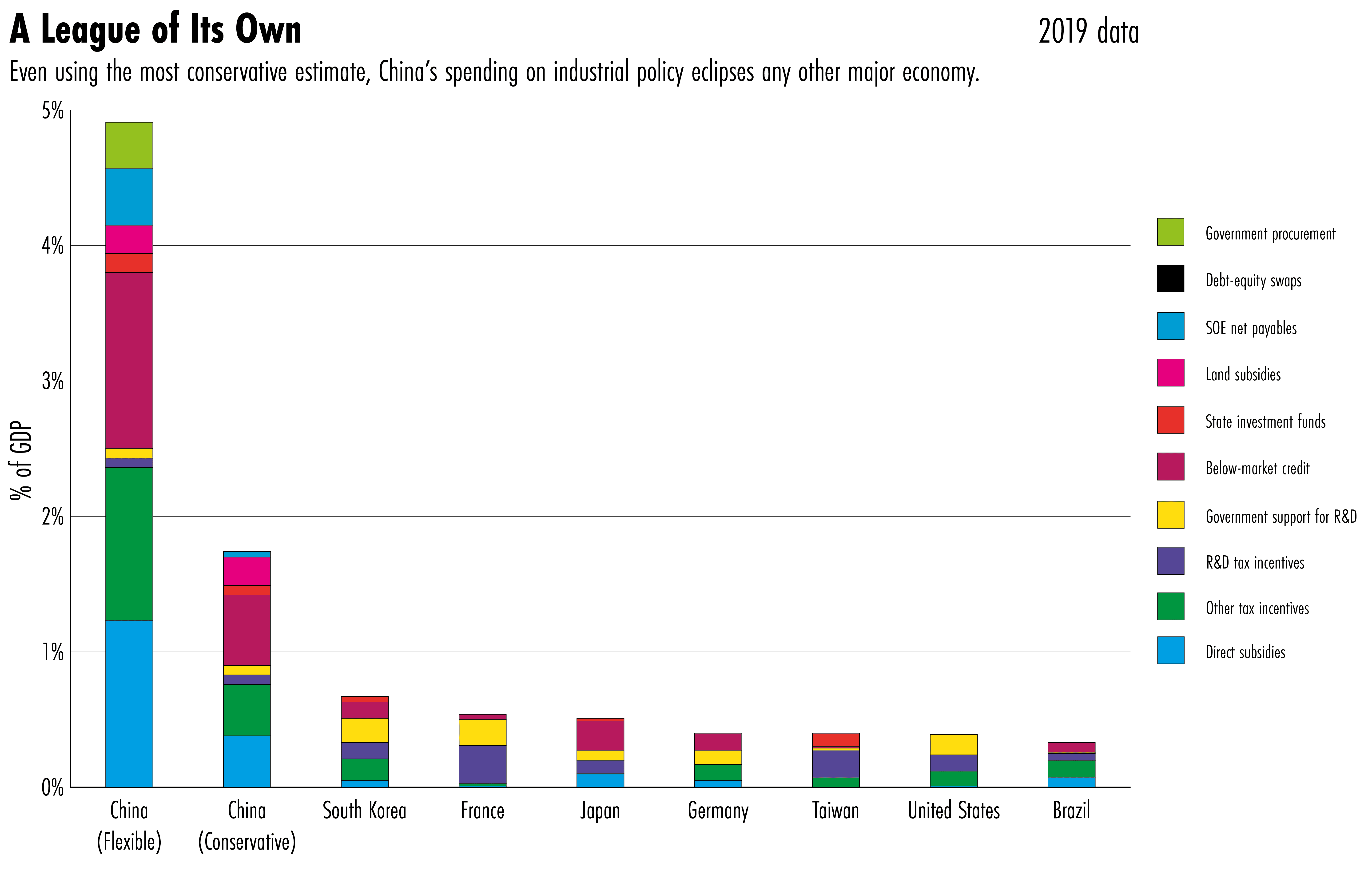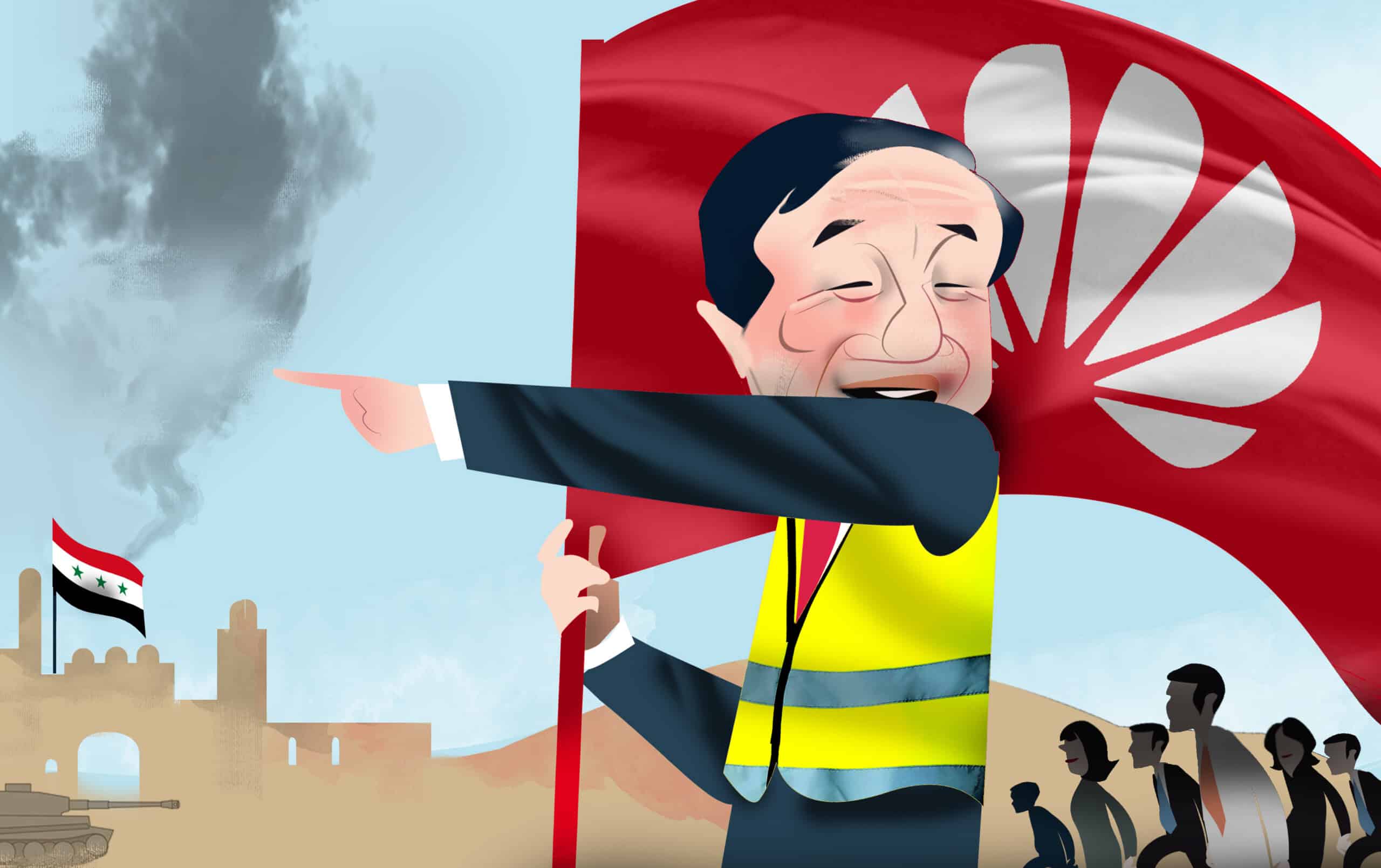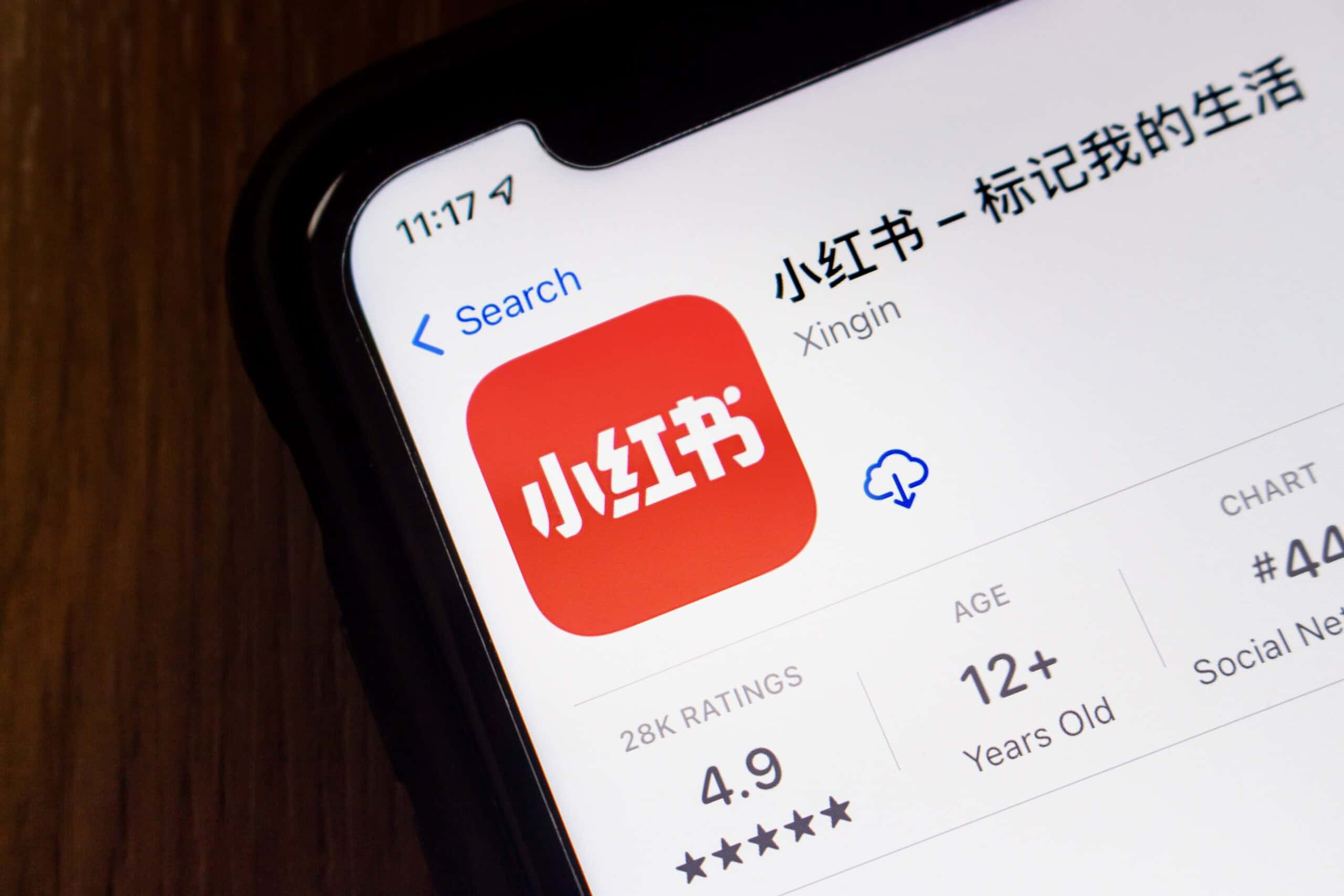
How much does Beijing spend on its industrial policy goals? A new estimate suggests the figure could be much larger than first realized.
In May, a team of researchers at the Center for Strategic and International Studies (CSIS), a Washington, D.C., think tank, calculated that China spent around 1.7 percent of GDP — about $250 billion — in 2019 on supporting various industries, an amount that dwarved that of any other major economy.
Now, a revised estimate shared with The Wire puts that figure even higher. By adjusting the assumptions made in CSIS’s original calculation, Scott Kennedy, its chair in Chinese Business and Economics, estimates that China could be spending an amount roughly equivalent to 4.9 percent of its GDP ($700 billion) annually on pursuing its industrial policy aims, a figure some 12 times greater than that of the United States.1Based on 2019 data.
This week, The Wire takes a closer look at China’s industrial policy spending: how much it spends, how it stands out, and what lessons the U.S. should take away from China’s activities.

WHAT CHINA SPENDS
How industrial policy spending is defined and quantified varies greatly between countries. Some standardization is imposed by reporting requirements to institutions like the World Trade Organization, but governments are not fully transparent about the extent and methods of their outlays.
Most economists agree that industrial policy has long been a key tool of “developmental states,” where interventionist governments closely guide economic development. In the 1970s and 80s, fast-growing economies such as Taiwan and South Korea employed subsidized loans and favorable tax rates to promote strategic sectors and drive down the cost of exports, giving rise to industrial giants such as Taiwan Semiconductor Manufacturing Company (TSMC).
China’s use of industrial policy stands out in several ways. Even as China has grown richer and transitioned away from a planned economy, its use of industrial policy hasn’t significantly declined, and in recent years has actually expanded. Another feature is its scope: while Beijing has singled out some industries for support in strategies such as “Made in China 2025,” it actually supports “hundreds of industries,” says CSIS’s Kennedy. “This is not finely used for just a few top priorities. It’s really across the board.”
China’s heavy use of the financial sector is also exceptional. Tools include government guidance funds (GGFs), state investment funds that channel capital into priority sectors: China had created over 1,800 of these by the end of 2020. Providing below-market credit to state-owned enterprises is another heavily employed tool, while SOEs are often allowed to defer loan paybacks, another form of subsidy. Kennedy’s revised estimates of how much gets spent on these financial tools is the main reason for his higher calculation of total China industrial policy spending.

CASE STUDY: ELECTRIC VEHICLES
A new addition to Kennedy’s revised estimate is government procurement. “A great deal of government procurement is normal everyday things like buying paper cups and pencils, but in the case of electric vehicles, it is a very large portion of overall industrial policy support for that sector,” Kennedy says.
Government departments accounted for more than 40 percent of China’s electric vehicle (EV) sales between 2009 and 2017, providing a massive boost to the industry, then still in its infancy. Almost all of Chinese EV giant BYD’s early models, for example, were picked up by municipal governments for their own use or for taxi fleets.
Domestic automobile industries worldwide are no strangers to state support, but China stands out for the sheer volume of government spending on the EV sector, as well as its tying of future subsidies to technological advancements such as extending battery ranges — a strategy which has encouraged domestic producers to invest in research and development.
Here’s how Chinese government spending on the EV sector has changed over time:

LESSONS FOR THE U.S.
The new estimate comes amid renewed debate about the merits of industrial policy in Washington following the recent passage of two landmark spending bills, the CHIPS & Science Act and the Inflation Reduction Act. Some economic conservatives have decried the federal government’s record spending as taking a page out of China’s economic playbook.
Not so, argues Kennedy. “Even if Congress and local governments allocate everything that is included within these new pieces of legislation, the U.S. still won’t come anywhere close to spending as much as China.”
He adds that Washington’s use of industrial policy is also restrained in scope. “The U.S. has identified a very small number of sectors deserving of priority support, whereas China provides money like a wild venture capitalist willing to support any and all potential industries in hopes that some win.”
Putting a number to China’s industrial policy spending could help Washington and multilateral organizations decide how to respond to China’s long-term economic strategy. While countries like Korea and Japan were historically free to employ industrial policy as they pleased, China is bound by certain rules as a member of the WTO that prohibit it from employing tools such as export subsidies. A better understanding of China’s government spending could inform whether it’s broken any trade rules, as well as future U.S. investigations into China’s trade practices.
Kennedy says he and CSIS are not drawing any conclusions about whether China’s spending constitutes unfair practice.
“The ultimate goal is, can we come up with norms about industrial policy spending that the world thinks is fair for our economies?” he says. “Or are we going to just simply say the train is out of the station and there should be no rules and norms? We want to put some kind of constraints on industrial policy spending, but that’s not feasible until we have some sense of what the scale of industrial policy spending is.”

Eliot Chen is a Toronto-based staff writer at The Wire. Previously, he was a researcher at the Center for Strategic and International Studies’ Human Rights Initiative and MacroPolo. @eliotcxchen



